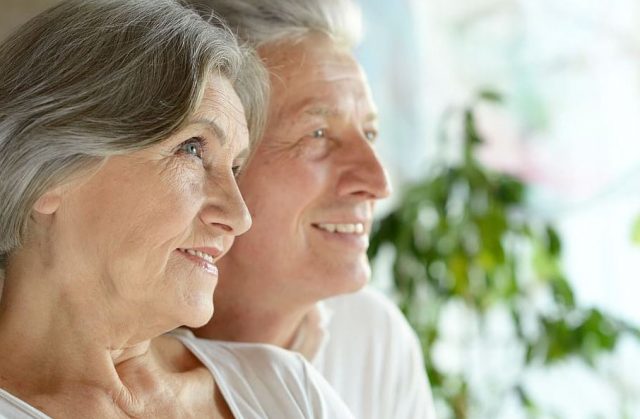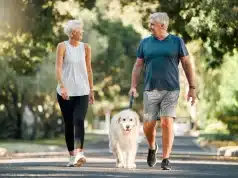Maintaining an active lifestyle is essential at every stage of life, but it becomes particularly crucial in the later years. For the elderly, regular movement is not just about staying fit—it plays a vital role in enhancing overall quality of life, maintaining independence, and preventing health complications. This article explores the benefits of movement for seniors and highlights how the right tools and support can make staying active both safe and achievable.
The Importance of Movement in Later Life
As individuals age, physical activity becomes a key factor in promoting health and longevity. Regular movement helps preserve muscle strength, improve balance, and enhance cardiovascular health. It also stimulates mental well-being by reducing stress, boosting mood, and sharpening cognitive functions.
Ageing often leads to a natural decline in mobility, but inactivity can accelerate this process, resulting in a cycle of physical deterioration and loss of independence. Encouraging regular activity can break this cycle, enabling seniors to maintain their autonomy and enjoy a higher quality of life.
Key Benefits of Regular Movement
Enhanced Physical Health
Physical activity is essential for managing chronic conditions such as arthritis, diabetes, and heart disease. Engaging in low-impact exercises like walking or stretching helps improve joint flexibility, reduce pain, and strengthen the body.
One critical factor to consider is sarcopenia, the age-related loss of muscle mass and strength. Regular movement can slow the progression of sarcopenia, preserving functional ability and reducing the risk of falls or fractures.
Improved Mental Well-Being
Exercise is not just beneficial for the body; it also has a profound impact on mental health. Regular movement releases endorphins, the body’s natural mood elevators, which can alleviate symptoms of anxiety and depression. Additionally, activities that engage the mind, such as group exercises or dancing, foster social interaction and prevent feelings of isolation—common challenges faced by many elderly individuals.
Increased Mobility and Independence
Staying active helps seniors maintain their balance and coordination, reducing the likelihood of falls—a major concern for the elderly. Incorporating movement into daily routines allows individuals to perform everyday tasks more confidently, promoting independence and self-reliance.
Tools and Support for Safe Movement
Ensuring safety during physical activity is paramount, especially for elderly individuals with limited mobility or chronic conditions. The right tools and support systems can make movement more accessible and secure.
Mobility Aids
Devices such as walkers, rollators, and wheelchairs provide essential support for seniors who experience difficulty with walking or maintaining balance. These tools not only enhance mobility but also encourage seniors to stay active in a safe and controlled manner.
Supportive Furniture
Adjustable beds, riser recliners, and ergonomic chairs help seniors maintain a comfortable and supportive environment at home, making it easier to incorporate movement into their routines.
Professional Guidance
Physical therapists or occupational therapists can design personalised exercise plans tailored to individual abilities and limitations. Their expertise ensures that seniors engage in safe and effective movements, minimising the risk of injury.
For a trusted provider of mobility aids and supportive equipment, consider exploring the solutions offered by Safety & Mobility, a company dedicated to improving the lives of elderly individuals and their caregivers.
Tips for Encouraging Regular Movement
- Start Small: Begin with short, gentle activities like walking or stretching, which are accessible and easy to integrate into daily life. As comfort and strength improve, gradually increase the intensity and duration of these activities to build endurance and fitness.
- Create a Routine: Establish a consistent routine by incorporating movement into daily habits. Consider setting specific times for light exercises, such as a brisk walk after meals or gentle stretches before bed, to help make physical activity a seamless part of everyday life.
- Stay Social: Engage with the community by joining group classes or participating in local activities designed for seniors. This not only makes exercise more enjoyable but also fosters valuable social connections, which can boost motivation and mental well-being.
- Use the Right Tools: Invest in mobility aids and ergonomic furniture to enhance safety and comfort during movement. Proper equipment can reduce the risk of injury and make exercise more accessible, ensuring seniors can participate confidently and securely.
Final Thoughts
Regular movement is crucial for healthy ageing, offering numerous physical, mental, and emotional benefits that enhance life quality. By staying active, seniors can maintain independence, manage chronic conditions, and enjoy a fulfilling lifestyle. Activity improves balance, coordination, and well-being, which helps prevent falls and maintain autonomy.
With support from family, friends, and caregivers, seniors can create an environment that encourages regular activity. This includes providing not just physical help but also emotional and motivational support. Movement is about embracing life at every stage, ensuring seniors enjoy each moment with vitality and purpose.

A professional writer with over a decade of incessant writing skills. Her topics of interest and expertise range from health, nutrition and psychology.




